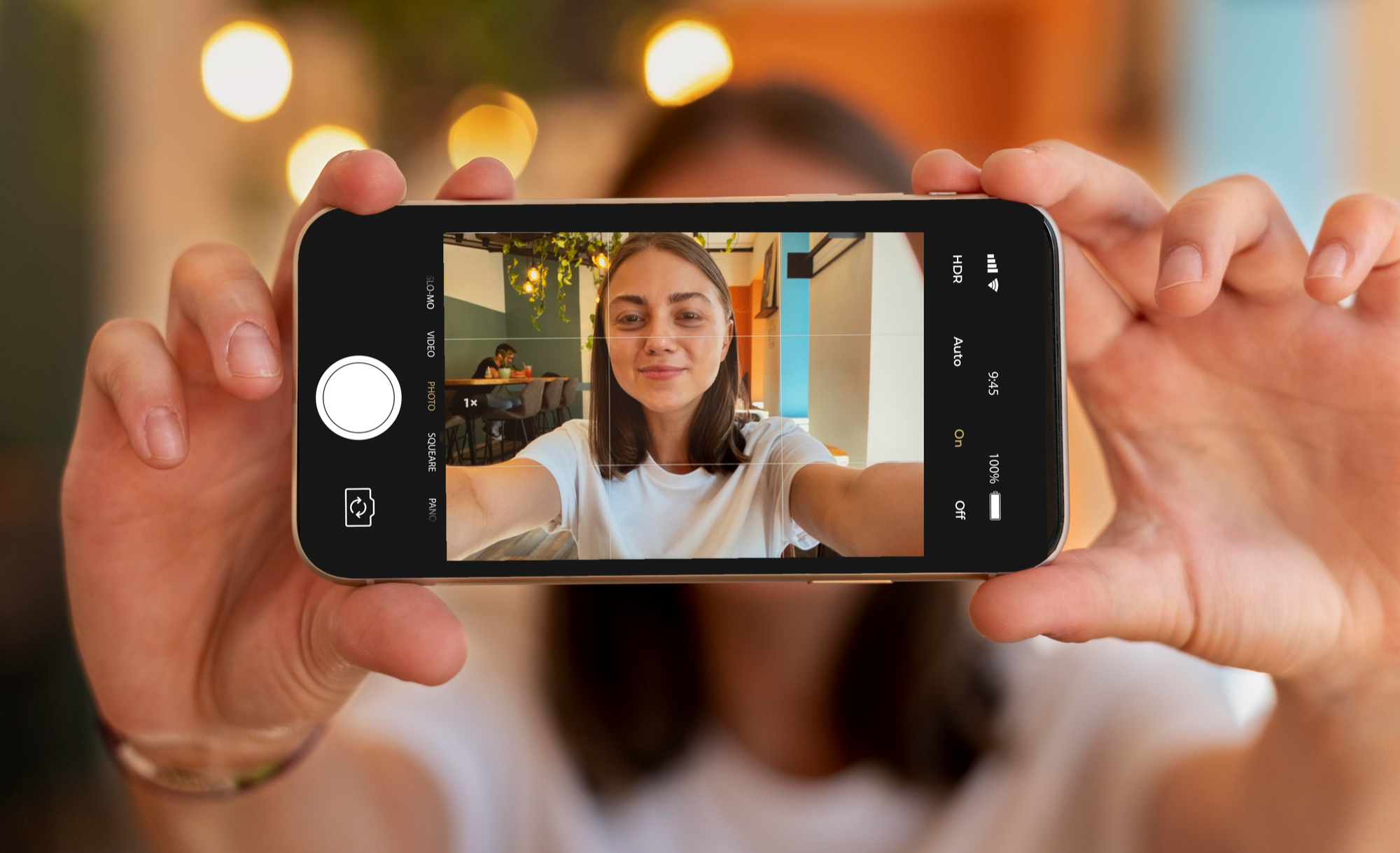Kamera HP telah menjadi alat penting untuk mengabadikan momen dan mendokumentasikan kegiatan. Artikel ini akan membahas cara memaksimalkan kamera HP untuk menghasilkan foto dan video berkualitas tinggi. Pembaca akan mempelajari teknik pengaturan kamera, penggunaan aplikasi editing, dan tips fotografi untuk berbagai situasi.
Pentingnya Mengoptimalkan Kamera HP
Mengoptimalkan kamera HP memiliki peran yang sangat penting dalam pengalaman fotografi pengguna. Dengan melakukan optimasi, pengguna dapat menghasilkan gambar dan video yang lebih berkualitas, meningkatkan kemampuan fotografi mereka, dan bahkan mengeksplorasi kreativitas dalam mengabadikan momen-momen penting.
Pentingnya mengoptimalkan kamera HP juga tercermin dalam bagaimana penggunaan yang efektif dari fitur-fitur kamera dapat memperkaya pengalaman pengguna. Dengan memahami dan memanfaatkan setiap fitur yang tersedia, pengguna dapat menjelajahi berbagai gaya fotografi, menyesuaikan hasil sesuai preferensi pribadi, dan meningkatkan apresiasi terhadap seni fotografi secara keseluruhan.
Cara Mengoptimalkan Kamera HP
Mengoptimalkan kamera HP membutuhkan langkah-langkah tertentu agar pengguna dapat memanfaatkannya secara maksimal. Berikut adalah beberapa langkah yang dapat diambil untuk mengoptimalkan kamera HP:
- Mengatur Resolusi dan Kualitas Gambar:
- Pilih resolusi yang sesuai dengan kebutuhan, seperti resolusi tinggi untuk mencetak foto berkualitas atau resolusi rendah untuk menghemat ruang penyimpanan.
- Atur kualitas gambar untuk mendapatkan hasil yang lebih jernih dan tajam.
- Memahami Pengaturan ISO dan White Balance:
- Ketahui cara pengaturan ISO memengaruhi sensitivitas cahaya sensor kamera, sehingga Anda dapat mengaturnya sesuai dengan kondisi pencahayaan.
- Pelajari pengaturan white balance untuk menyesuaikan warna gambar dengan kondisi pencahayaan yang berbeda.
- Mencoba Berbagai Mode Fotografi:
- Eksplorasi berbagai mode fotografi yang tersedia, seperti mode potret, mode malam, atau mode panorama, untuk menangkap gambar dengan gaya yang berbeda.
- Praktikkan penggunaan mode manual jika tersedia, sehingga Anda dapat memiliki kontrol penuh atas pengaturan kamera.
- Menyempurnakan Pengaturan Grid dan Fokus:
- Aktifkan grid pada layar kamera untuk membantu Anda mengatur komposisi foto dengan lebih baik, seperti menggunakan aturan pertiga.
- Gunakan fungsi fokus otomatis atau manual untuk memastikan subjek utama dalam fokus yang tepat sebelum mengambil gambar.
Dengan mengikuti langkah-langkah di atas, Anda dapat meningkatkan kemampuan Anda dalam mengoptimalkan kamera HP dan menghasilkan gambar yang lebih berkualitas serta memuaskan.
Aplikasi dan Software Pendukung
Berikut adalah beberapa aplikasi dan software pendukung yang dapat membantu Anda mengedit dan meningkatkan kualitas gambar yang diambil dengan kamera HP:
| Aplikasi/Software | Deskripsi | Fitur Utama |
| Adobe Photoshop Express | Aplikasi editing foto yang sangat populer, menyediakan beragam alat untuk mengedit gambar secara profesional. | Alat pengeditan dasar seperti pemotongan, penyesuaian warna, dan penajaman gambar. Filter dan efek kreatif yang dapat meningkatkan tampilan gambar. Integrasi dengan layanan cloud Adobe untuk menyimpan dan berbagi gambar. |
| Snapseed | Aplikasi editing foto gratis yang dikembangkan oleh Google, menyediakan berbagai fitur canggih untuk meningkatkan kualitas gambar. | Kontrol yang kuat atas pencahayaan, warna, dan detail gambar. Alat seleksi yang canggih untuk memperbaiki detail-detail kecil dalam gambar. Berbagai filter dan efek kreatif yang dapat diterapkan dengan mudah. |
| Lightroom Mobile | Versi mobile dari perangkat lunak editing foto profesional Adobe Lightroom, dirancang untuk penggunaan yang mudah namun kuat. | Alat pengeditan yang canggih termasuk kontrol detail warna, tonalitas, dan kurva tonal. Sinkronisasi otomatis antara perangkat mobile dan desktop untuk mengakses dan menyunting gambar di mana saja. Pembuatan dan penggunaan preset untuk memberikan gaya konsisten pada gambar. |
Selain menggunakan aplikasi dan software di atas, ada beberapa tips dan trik yang dapat Anda terapkan dalam pengeditan foto menggunakan kamera HP:
- Pilih aplikasi yang sesuai dengan kebutuhan dan preferensi Anda dalam mengedit foto.
- Gunakan fitur-fitur pengeditan dasar terlebih dahulu sebelum memperdalam pengeditan dengan fitur yang lebih canggih.
- Eksplorasi berbagai filter dan efek untuk menambahkan sentuhan kreatif pada gambar Anda.
- Pelajari teknik-teknik editing foto melalui tutorial online atau buku panduan untuk meningkatkan keterampilan Anda dalam mengedit gambar.
Dengan menggabungkan aplikasi dan software pendukung yang tepat dengan pengetahuan tentang teknik pengeditan foto yang baik, Anda dapat meningkatkan kualitas gambar yang dihasilkan oleh kamera HP Anda secara signifikan.
Tips dan Trik untuk Menghasilkan Foto Terbaik
Pemilihan sudut dan komposisi yang tepat sangat penting dalam menghasilkan foto yang menarik dan memukau. Cobalah untuk eksperimen dengan berbagai sudut pengambilan gambar dan posisi subjek untuk menciptakan komposisi yang dinamis dan menarik perhatian.
Menghasilkan Foto Terbaik dengan Pemanfaatan Cahaya yang Baik
Pemanfaatan cahaya yang baik adalah kunci untuk menghasilkan foto yang indah dan berkualitas. Ketahui cara menggunakan cahaya alami atau buatan dengan optimal, seperti memanfaatkan cahaya matahari golden hour untuk efek yang hangat dan lembut, atau menggunakan reflektor untuk memperbaiki bayangan yang tidak diinginkan pada subjek. Dengan menguasai teknik pemanfaatan cahaya, Anda dapat meningkatkan kualitas foto Anda secara signifikan.
Memahami Teknologi Kamera Terbaru
Dalam era teknologi yang terus berkembang, pemahaman tentang teknologi kamera terbaru sangat penting untuk meningkatkan kemampuan fotografi Anda. Berikut adalah beberapa teknologi kamera terbaru yang perlu Anda ketahui:
- Lensa Multi-Kamera:
- Beberapa ponsel pintar kini dilengkapi dengan sistem kamera multi-lensa yang memungkinkan penggunaan berbagai jenis lensa dalam satu perangkat.
- Lensa ultra-wide, telephoto, dan makro adalah contoh dari jenis lensa yang dapat dimiliki oleh kamera multi-lensa ini.
- Penggunaan AI dalam Fotografi:
- Teknologi kecerdasan buatan (AI) semakin banyak digunakan dalam kamera HP untuk meningkatkan kemampuan fotografi.
- Fitur seperti pengenalan objek cerdas, peningkatan gambar otomatis, dan stabilisasi gambar AI adalah contoh dari bagaimana AI digunakan untuk meningkatkan pengalaman fotografi pengguna.
- Mode Malam yang Lebih Baik:
- Banyak produsen ponsel pintar yang berfokus pada pengembangan mode malam yang lebih baik untuk menghasilkan foto yang jernih dan berkualitas dalam kondisi pencahayaan yang minim.
- Penggunaan teknologi pengurangan noise dan peningkatan detail pada mode malam adalah beberapa contoh inovasi terbaru dalam teknologi kamera HP.
Dengan memahami teknologi kamera terbaru ini, Anda dapat memanfaatkannya secara optimal untuk menghasilkan foto yang lebih baik dan memenuhi kebutuhan fotografi Anda.

